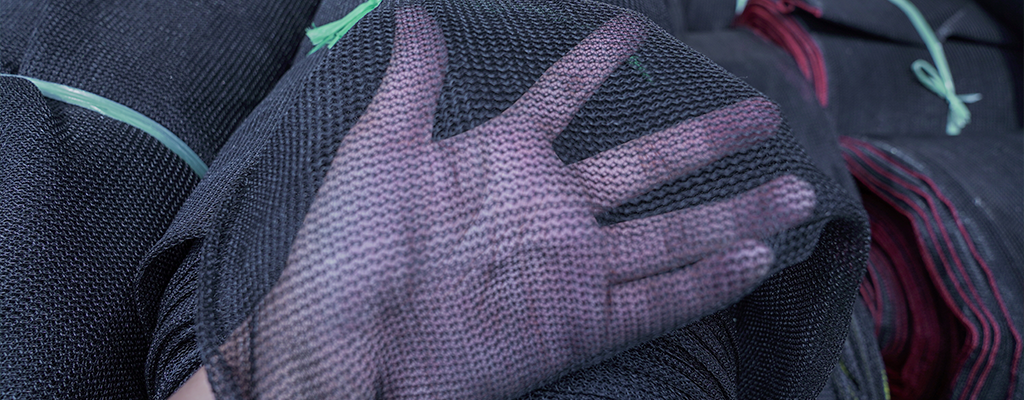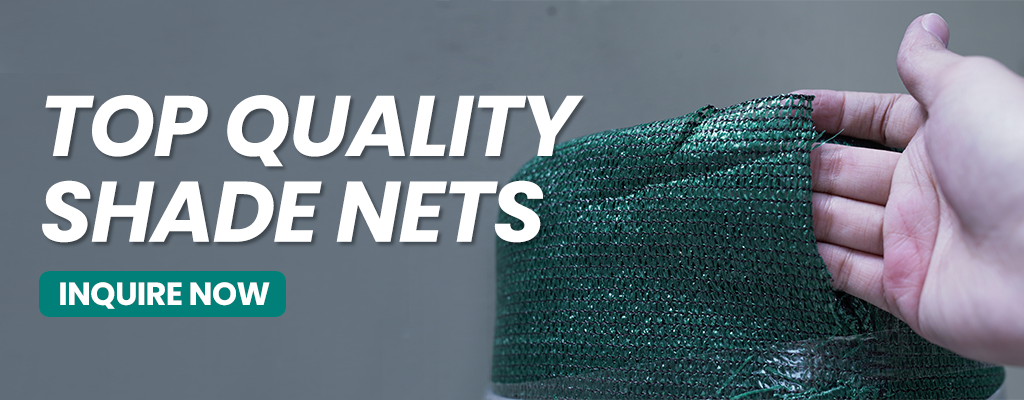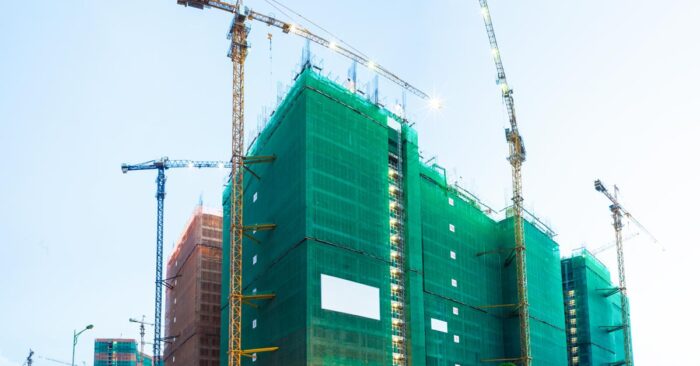Planting a garden means believing that there is tomorrow.
No other proverb holds true for the many plantitos and plantitas in the country who have taken up plant production and sharpened their greenhouse shade nets know-how when COVID-19 hit the entire world. Aside from being a hobby that offers calming effects, entering the botanical business can be lucrative these days too especially if you also plan to grow some veggies while you’re at it!
But just how does one take care of plants during different seasons considering that the cold winds of December are fast approaching? The short solution and answer to that lie in how much you really know about shade nets.
Advantages of Shade Nets


Greenhouse shade nets aren’t exactly new to plant growers everywhere. Whether you want to grow ornamentals, fruits or vegetables, these nets will offer you multiple advantages and better produce.
For one thing, shade nets have been found to be suitable for a variety of plant species ranging from medicinal types to spices and of course, agricultural plants. They are easy to install, cost-efficient, and are reliable no matter what the climate is. Plus, you can easily prepare them with a few wire or iron ropes lying around your toolshed.
Among the best benefits, you can get from shade nets are temperature control in your greenhouse or nursery, the improvement of light quality, and protection from harsh weather like rain or super sunny days. And working in a cool and shaded environment is definitely a huge bonus too!
As for water consumption, most quality shade nets like those produced locally by Philippine Ranging Nets, are designed to reduce the required water that your plants need especially during the dry season by decreasing hot wind that blows on your plants by about 40% to prevent them from shrinking and dehydrating.
Now, if you are wondering which vegetables work the best with shade nets, root crops such as carrots, cucumbers and potatoes, as well as leafy greens like broccoli, cauliflower and spinach are your best bets. They improve greenhouse environments including the quality of soil by maintaining its moisture and water distribution.
What Type of Shade Net House Do You Need?


Framing your shade nets with wood, iron poles, or even bamboo into your greenhouse or nursery turns it into the perfect place for you to nurture and grow your plants and vegetables. But did you know that there are two different types of shade net houses?
For hotter environments especially during summer, a flat roof shade net house can better protect your plants from severe humidity, scattered pests, and also improve carbon dioxide levels during the night time which your plants will surely need.
On the other hand, a dome-shaped net house is exactly that–a pleasing to the eyeshade net house arched like a dome that needs little maintenance than a flat roof one. You can use this type for fairer weather and more spacious areas for your greenhouse or nursery.
Now, when choosing the right shade net, always bear in mind that knowing which right temperatures your plants or vegetables need is important. Aside from protecting them from pests, greenhouse shade nets are primarily installed to achieve the best light climate conditions so your plants can grow.


To know which ones can do the job for various species check out Philippine Ranging Nets and their world-class quality shade nets. Send them an email via [email protected] or call +63977 007 0228 to learn more now!
Philippine Ranging Nets provide Filipino-made multi-purpose nets mainly used for free ranging chickens and other poultry. Trusted by top-breeders, PRN’s top quality affordable ranging nets are available nationwide.




